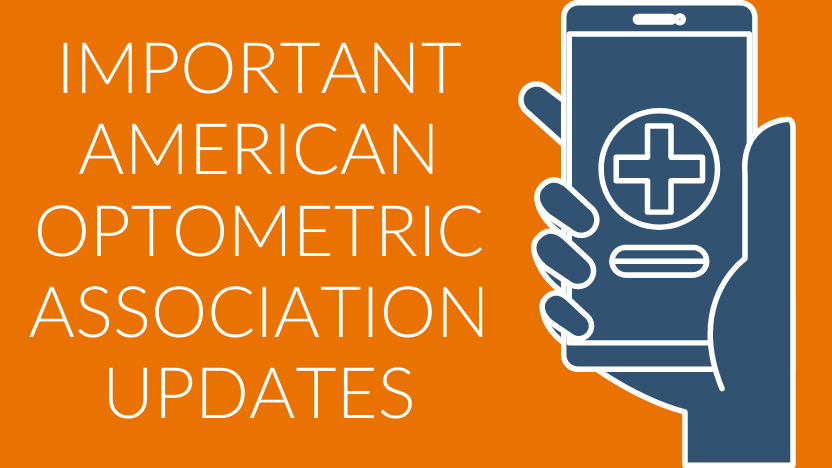New Stance: AOA Updates Their View On Telehealth
Posted by amess on Jan 28th 2021
The 2020 global pandemic brought to light the connective power of technology, and this sentiment extends to the healthcare field. The need for telehealth exploded, and with that, the need for a revision of old policies. The American Optometric Association (AOA) realized that their original telehealth statement might be too restrictive, and they’ve released an updated version for ODs to follow.
The Original Statement
The AOA’s last statement regarding telehealth did not denounce the use of telehealth, but the definition and criteria were a bit more restrictive. For example, the AOA’s original statement noted that telehealth was not appropriate for establishing a doctor-patient relationship or giving an initial diagnosis of eye health issues. Additionally, the AOA stated that the organization “does not support eye and vision telehealth services primarily focused on offering access to prescriptions without conducting an adequate history, examination, patient diagnosis, and/or valid and proper doctor-patient relationship.”
The New Statement
In the most recently released statement, much of the original statement remained, including the need for tightened security, the suggestion of telehealth as a method of follow-up, and in-person exams are still the gold standard. However, the definition has expanded to include more technologies and an expanded definition of what constitutes “telehealth.”
Another update that occurred because of the pandemic is that the AOA now sees telehealth as an appropriate option for establishing a relationship with patients, as well as an initial diagnosis. However, an in-person comprehensive exam is strongly recommended to confirm the diagnosis and determine the best care protocols. According to the Review of Optometric Business, the new statement is,
“…a more in-depth, forward-facing and activist approach focused squarely on the opportunities connected to telemedicine in optometry, the use of telemedicine to establish a doctor-patient relationship for an initial diagnosis and documenting that in-person care, provided by a doctor of optometry, is the gold standard for the delivery of a comprehensive eye exam and for the prescription of glasses or contact lenses.”
What Does This Mean?
The logistics of the AOA letters can become complicated, but the main takeaway is that telehealth is here to stay. If your practice hasn’t started to utilize this type of evolutionary healthcare, it is not the end of the world, but you may be falling behind. Learn more about telehealth in optometry and find out how you can start implementing this technology into your practice.
Read 10 common misbeliefs regarding telehealth and the truth behind them.



